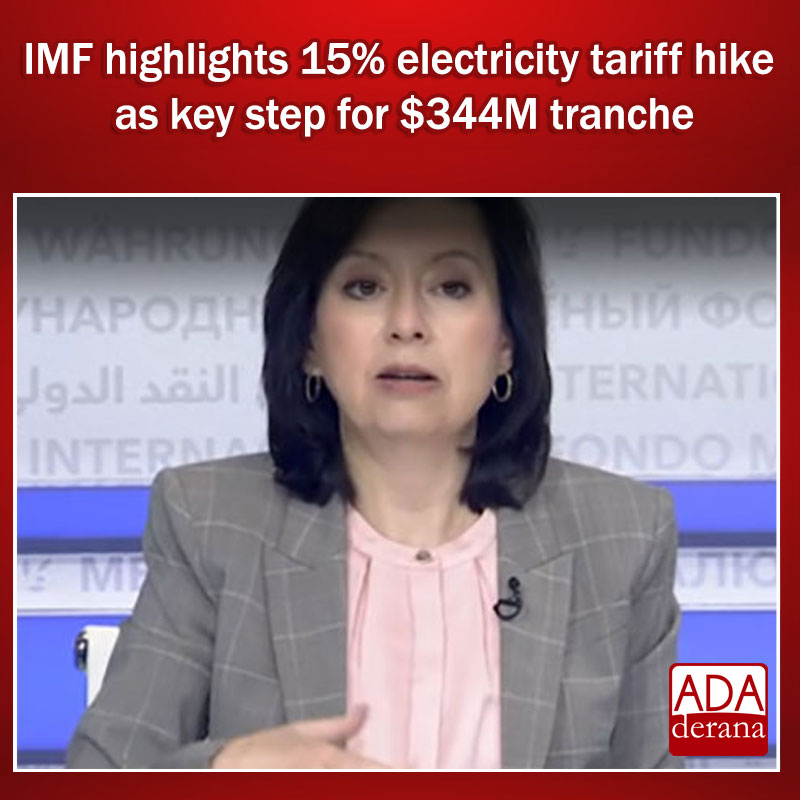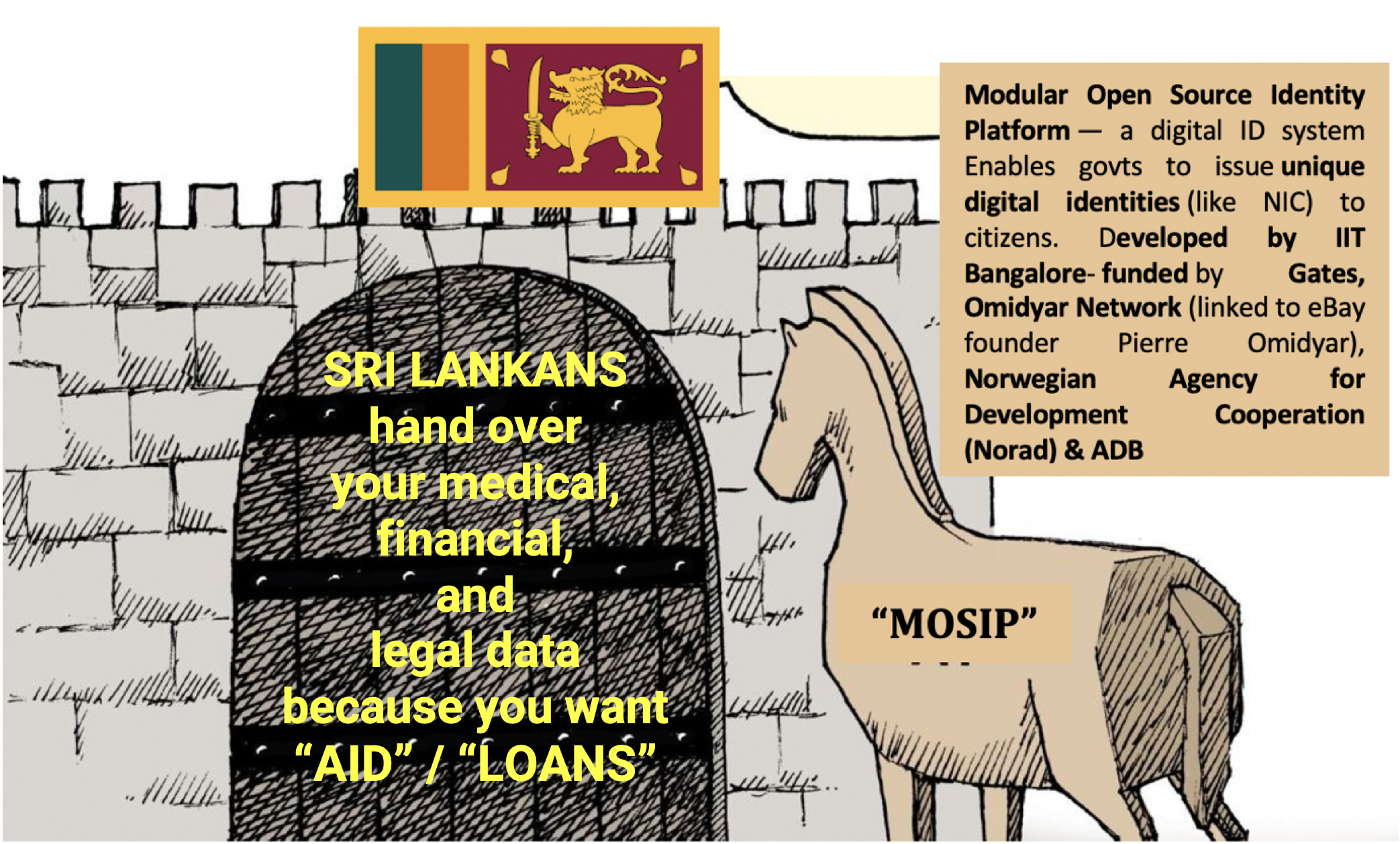IMF: The Hidden Engine Behind the Collapse of Developing Nations

What was the real intent behind creating the IMF after World War II
The International Monetary Fund (IMF) was created in 1944, officially to “stabilize global finance and support economies in crisis.” But its real intent was:
- To protect the dominance of Western powers (mainly the U.S.) by creating a global financial system based on the U.S. dollar.
- To control the economies of newly independent countries (Asia, Africa, Latin America) after colonialism “ended.”
- To force open markets and enforce political and social changes using the leverage of debt.
Who Controls the IMF?
- The United States and Western European nations hold the majority of voting power.
- Decisions are made by unelected technocrats, not based on justice or morality.
- The U.S. holds veto power, making the IMF an instrument of Western geopolitical control.
How IMF, International Law & the Dollar Trap work together
- After WWII, the U.S. made the dollar the world’s reserve currency.
- Nations must repay IMF loans in U.S. dollars, not in their local currencies.
- This creates permanent demand for the dollar, keeping America rich, while:
- Poor nations stay poor, paying interest in a currency they do not print.
- Global trade is dominated by dollar terms, reinforcing Western hegemony.
- International legal systems (UN, WTO, World Bank, ILO) work in tandem to pressure poor nations to:
- Deregulate their markets.
- Change their laws (including moral and religious codes).
- Surrender national sovereignty.
Why are Third World Nations the Main Targets?
Because:
- They are resource-rich but economically poor.
- They have young populations who can be culturally “reprogrammed.”
- Their leaders are often easily influenced or bribed.
- Their societies have strong religious and moral values — which must be broken for global ideologies to take root.
What are the Loan Conditions that Lead to National Collapse?
IMF loans always come with “structural adjustment programs” (SAPs) that force governments to:
- Cut welfare & subsidies: food, education, healthcare.
- Privatize state assets: national resources are sold to foreign firms.
- Slash military & public sector spending: weaken national security and sovereignty.
- Allow “foreign advisors” to dictate national policy.
- Change moral/cultural laws: usually targeting religion, family, sexuality.
- Legalize LGBTQIA ideology, abortion, etc.: under “human rights” pressure.
Some Real-World Examples:
| Country | IMF/EU/US Conditions Forced | Resulting Collapse | ||
| Argentina | Privatize water, electricity, oil | Foreign takeover, price hikes | ||
| Bangladesh | Weaken labor laws for garment sector | Worker exploitation, sweatshops | ||
| Egypt | Remove fuel and food subsidies | Massive inflation, hardship for poor | ||
| Ghana | Anti-LGBT law halted by IMF/EU, privatize public utilities | Aid suspended, sovereignty challenged, collapse of local industries | ||
| Greece | Cut military spending | Defense weakened despite tensions | ||
| Haiti | Cut tariffs on rice imports | Destroyed local farming | ||
| India | Population control, reproductive policies, undermine food security laws | Cultural conflict in rural areas, farmer suicides, food dependence | ||
| Indonesia | Currency reforms and austerity | Economic chaos, social instability | ||
| Kenya | LGBTQIA laws pushed by donors, introduce VAT on essentials | Public backlash, Western interference – cost of living rise, protests | ||
| Malawi | Impose Western curricula in schools | Loss of traditional values | ||
| Mexico | Allow US corn under NAFTA | Small farmers outcompeted | ||
| Nepal | Same-sex marriage legalized post-loans | Sudden moral shift, Western influence – Undermined religious/cultural values | ||
| Pakistan | Cut energy subsidies, raise utility prices | Protests, energy shortages | ||
| Philippines | Gender education in schools | Religious conflict, social confusion | ||
| Sri Lanka | Pressure to repeal 365/365A, pass LGBTQIA laws, cut army | Cultural erosion, terrorism risk returns, economic decay | ||
| Sri Lanka | Reduce defense budget, public jobs, remove PTA, privatize, | Weakened sovereignty, national security | ||
| Tanzania | Arrests on LGBTQIA lobby punished | IMF funding stopped, religious unrest | ||
| Tunisia | Raise fuel taxes | Nationwide protests | ||
| Uganda | Anti-grooming law punished | IMF, World Bank & USA cut aid | ||
| Zambia | Currency devaluation | Skyrocketing prices | ||
This data reveals a clear pattern: IMF loans are used as tools to enforce Western economic and ideological reforms that often destabilize national identity, traditions, and long-term economic independence
The End Result: Social, Political & Religious Collapse
- Traditional values are destroyed.
- National leaders become puppets of Western ideologies – those that oppose are often removed by regime change
- Generations of youth are disconnected from their identity, faith, and nation.
- And all this destruction is done — for a loan that must be paid back with interest in U.S. dollars.
For Sri Lanka:
Yes, we must reject this IMF-debt trap. We must realize that these loans are not humanitarian aid, they are ideological weapons. No foreign-funded bailout is worth the loss of our culture, our religion, our family system, and our children’s future.
But have we thought…
Why Sri Lanka is in Debt?
Sri Lanka’s debt crisis didn’t arise overnight. It is the result of mismanagement, dependency, corruption, excessive imports, and foreign-loan addiction.
The following are the key drivers:
1. Overdependence on Imports (Especially Non-Essentials)
- Billions are spent annually onluxury goods (vehicles, electronics, branded goods, cosmetics).
- This fuelselite consumption, not national growth.
- It undermineslocal industry, especially SMEs that could otherwise create jobs and develop export markets.
2. Weak Export Sector
- Sri Lanka relies on anarrow export base (tea, garments, tourism).
- Over time, lack of innovation, infrastructure, and policy support eroded global competitiveness.
- Local production is hampered by lack of raw materials, tech, and capital — but these are solvable with correct national focus.
3. Excessive Foreign Borrowing
- Successive governments borrowed excessively for:
- Infrastructure without ROI (e.g. highways, airports).
- Interest payments on previous loans.
- These loans came withstrings attached — loss of control over ports, policies, and now social fabric.
4. Corruption and Poor Governance
- Political patronage systems wasted public funds.
- Rich elites, politicians, and business tycoonswho consume luxury imports are the very ones who avoid paying taxes.
These are the people who:
– Drive luxury vehicles imported at massive cost.
- Travel abroad and buy foreign goods using scarce dollars.
- Demand bailouts while hiding wealth in offshore accounts.
Yet it’s the ordinary citizen who bears the burden — through higher taxes, rising prices, and IMF-imposed suffering.
- Truth:Those who consume the most imports and contribute the least to national revenue are the ones most responsible for Sri Lanka’s economic collapse.
- These elites must be held accountable— not protected by the system, and certainly not allowed to dictate national policy through foreign influence or IMF-backed programs.
- Public projects are inflated in cost and politically motivated, not nationally productive.
5. Agriculture Neglect
- Lack of land modernization, and research by locals in local interest.
- Abandoning self-sufficient models led todependence on foreign food and fertilizers.
- Sri Lanka imports all that it can grow — a systemic failure.
Why we must reject IMF “Solutions”
IMF prescriptions are not designed to heal a country — they are designed to control it:
- Cut subsidies → public suffering.
- Devalue currency → imported inflation.
- Privatize national assets → foreign takeover.
- Liberalize laws → ideological infiltration (e.g., LGBTQIA+, population control).
What are Sri Lanka’s alternatives?
Sri Lanka can survive and recover — but it must choose pain with dignity over subjugation with comfort things that its elite do not wish to compromise but are happy to see the burden fall on the laps of the ordinary citizens.
1. Import Substitution
- Ban/restrict luxury imports.
- Promote local alternatives with incentives.
- Tax elite consumerism that drains reserves. Bring back all offshore profits.
2. Productive Agriculture Revival
- Shift idle land to modern organic farming.
- Use local fertilizer alternatives and traditional practices.
- Study models from India, Israel, Vietnam, Bhutan — small nations that feed themselves and exported.
3. Revive Local Manufacturing
- Protect and finance SMEs for export.
- Encourage youth into value-added sectors: ICT, agritech, food processing.
- National brands, not foreign chains.
4. Debt Restructuring with Sovereign Conditions
- Renegotiate bilateral loans without IMF — China, Iran, Russia, India.
- Pay back over longer terms, not by giving up national assets.
- Bar all clauses that impose ideological or social policy interference.
5. Reduce Waste & Corruption
- Audit all state projects.
- Eliminate wasteful expenditure.
- Digitize tax collection and monitor imports.
- Cut political luxuries — lead by example.
6. National Morality as the Foundation
- A nation thatsaves, shares, and respects its culture can survive any crisis.
- Restore pride in local goods.
- Promote Buddhist values of restraint, self-reliance, and ethical economy.
Final Message to the People:
The IMF is not here to save us — it is here to control us.
Sri Lanka’s real strength lies not in dollars but in our people, our land, our values.
We must choose:
- Debt with dignity, not slavery masked as “bailouts.”
- Morality over materialism.
- National planning over foreign puppetry.
If we unite around a vision of national independence, reject IMF ideological control, and reform our own systems, Sri Lanka can and will rise again. Either a charismatic leader emerges to show the path like Burkino Faso, or the people must begin the change on their own.
Shenali D Waduge







